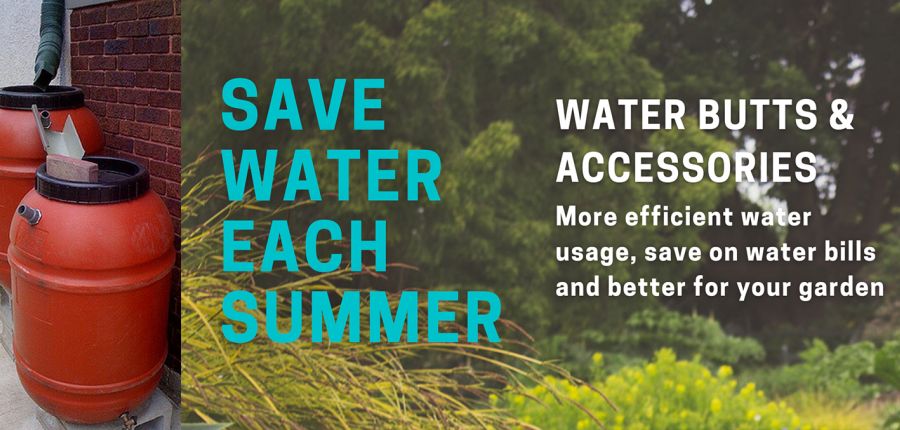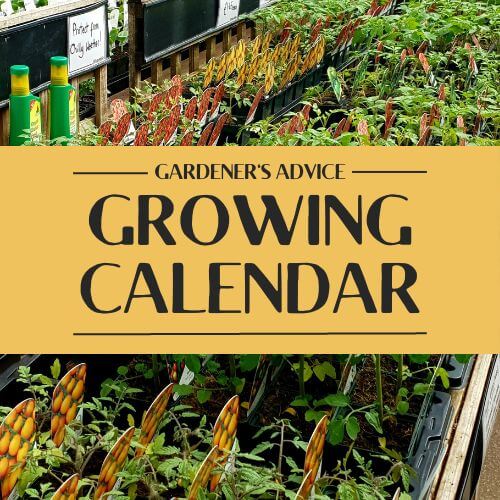Conserving rainwater and keeping your supply clean
Posted By: rocket veg Category: Seasonal AdviceIt may seem strange to think about ways of conserving rainwater when winter is just around the corner and we’ve certainly had a good soaking over the past few days. Who thinks about watering at this time of year? - unless of course you have plants growing in the shelter of a greenhouse, cold frame or lean-to, or a collection of indoor plants.
Build a simple rainwater storage system
If your garden or allotment shed doesn’t already have guttering and a container in which to store rainwater, now might be the time to rig up a suitable means to gather this valuable resource. OK…a barrel full of rainwater doesn’t go far during a spell of hot, dry weather, but apart from the obvious merit of water conservation, water stored close to where it is needed will save you tedious trips to and from the nearest mains supply tap.
A simple, serviceable system for collecting and storing rainwater can be made quite easily by using off-cuts of guttering which will feed the water into a recycled plastic barrel (search the internet for local suppliers). When it comes to storing large quantities of rainwater, several barrels can be linked by plastic piping so that as the water is collected, it fills each barrel using the siphon method. If you have an allotment and need an idea of how to rig up your own water collection system, take a wander around the site and you’re likely to find all manner of clever constructions.
Cleaning out a water butt
Water stored in a barrel, butt or tank is susceptible to a build-up of algae and other water borne ‘nasties’ which may cause damage to plants, so it is good practice to give your water container a thorough clean out once a year.
Start by emptying any remaining water, if possible tipping the barrel over so that all the residue which has gathered at the bottom is able to drain out. If the container is too heavy or too full to tip safely, use a length of hose pipe and siphon the water out. Once empty, scrub the inside of the container with a stiff brush using a garden disinfectant, such as Jeyes Fluid, to kill off any remaining bugs. You might need to tie your brush to a length of wood in order to reach the very bottom of the container. When clean, it might be worth rinsing out the barrel with fresh water and then leaving it to dry before refilling.
Keeping water clean and fresh
Water left standing in a tank inevitably will discolour over time and may give off an unpleasant smell, but neither of these attributes is a serious problem and thirsty plants won’t be unduly bothered, although seeds and tiny seedlings are best watered from the mains supply or their germination and growth may be affected by impurities lurking in stale rainwater. Once your water storage container has refilled, consider adding a product which is designed to help keep the water in good condition and free from algae. An alternative method which avoids introducing chemicals to the water is to fit a simple filter, made from a pair of old tights, to the end of the downpipe in order to catch rotting leaves and other debris which will settle at the bottom of the container and encourage the growth of algae. Besides – rotting vegetation smells!
The importance of fitting a lid
A tight fitting lid is an essential addition - preventing leaves and other debris from fouling the water, deterring mosquitos from using the barrel as a breeding ground, as well as protecting small children and wildlife from the risk of drowning.







